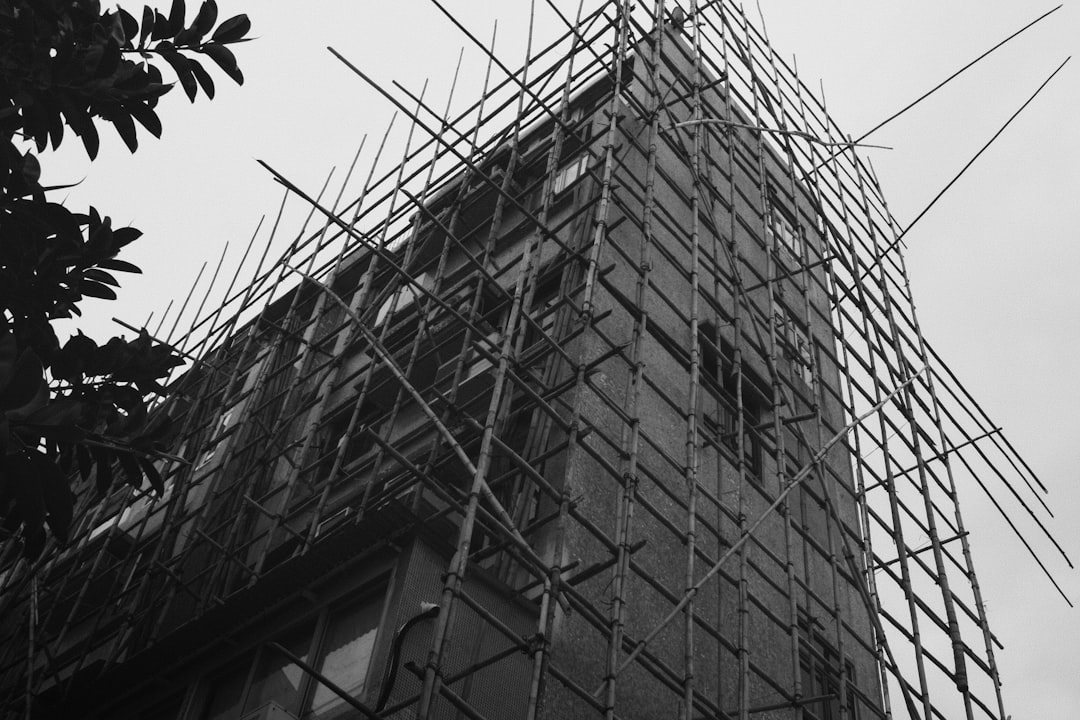
Residential construction moves fast, yet a single unanswered question can stall a crew, delay inspections, and inflate costs. The Request for Information (RFI) process remains the formal bridge between field teams and design intent. When handled poorly, RFIs pile up and turn into a paper chase. When handled with CountBricks technology, RFIs become part of a smarter data flow that protects margins and schedules.
At its core, rfi construction is a documented question raised by a contractor, subcontractor, or supplier when construction documents are unclear or incomplete. In custom homes and multifamily builds where selections and site conditions change weekly, clear RFIs are an insurance policy against rework.
• Conflicting dimensions between architectural and structural plans
• Product substitutions driven by homeowner preferences
• Unforeseen site constraints such as utilities discovered during excavation
• Code clarifications requested by the local building department
Paper forms and scattered emails force supers to chase signatures instead of supervising trades. Industry studies show a single unresolved RFI can cost up to 7 hours of combined labor. Multiply that by dozens of RFIs on a typical high-end home, and profit evaporates quickly.
• Lost or incomplete documentation leading to disputes
• Delayed material orders because approvals are stuck in inboxes
• Redundant data entry into estimating and scheduling software
CountBricks was built to eliminate double handling by integrating RFIs directly into the same AI engine that powers estimates, blueprints takeoffs, and voice-driven site logs.
1. Field teams record a question through the CountBricks mobile voice interface.
2. The AI converts speech to text, attaches photos, and tags plan sheets automatically.
3. Designers and owners receive a digital RFI with suggested answers generated from project data.
4. Once approved, the resolution syncs instantly to scopes, budgets, and schedules.
• Real-time cost impact displayed inside the estimate so you can price changes before they happen
• Centralized audit trail that keeps homeowners, architects, and trades aligned
• Fewer site visits for minor clarifications, cutting fuel and downtime
Pro Tip 1 – Standardize the Question
Write each RFI with a single, specific issue. CountBricks templates guide crews to fill in location, spec section, and urgency so reviewers respond faster.
Pro Tip 2 – Attach Evidence
Photos, marked-up plans, or short videos captured in the app provide context and reduce back-and-forth emails.
Pro Tip 3 – Set a Deadline
CountBricks automatically suggests response due dates based on the critical path and sends reminders when time is running out.
Because CountBricks links every RFI to its material assemblies, the platform recalculates quantities and labor in seconds. If a new header size is approved, the lumber takeoff and purchase order update immediately. Project managers see a live budget delta instead of waiting for end-of-month cost reports.
The CountBricks team managed 63 RFIs on a six-unit townhouse project. Using automated workflows, the average response time dropped from 48 hours to 9 hours, keeping framing on schedule and saving an estimated $18,400 in potential delays. View more project results at CountBricks.com/portfolio
As municipalities adopt digital plan review, RFIs that include structured data will feed directly into permitting portals. CountBricks already exports RFI packages in formats accepted by most e-plan systems, positioning residential builders ahead of regulatory trends.
• Schedule a live demo at CountBricks.com/services
• Import your current drawing set for a free AI blueprint takeoff
• Deploy voice-enabled RFIs to your field tablets within a day
rfi construction doesn’t have to be a paperwork nightmare. With CountBricks, residential builders capture questions the moment they arise, resolve them faster, and translate every answer into real-time cost intelligence. The result is tighter schedules, cleaner financials, and happier clients.

1. Predictive Question Suggestions
CountBricks examines historical RFIs across thousands of projects. When you upload a new plan set, the AI predicts likely information gaps—such as inconsistent joist spacing—and prompts you to ask clarifying questions before construction begins. Addressing issues during pre-con saves weeks of onsite disruption.
2. Budget Lock Alerts
Residential builders often commit to homeowners on fixed-price contracts. CountBricks flags any RFI answer that increases cost past agreed allowances, giving project managers time to issue a formal change order or negotiate scope adjustments. That transparency keeps trust high between builder and client.
3. Cross-Trade Collaboration Hub
A single RFI can affect multiple trades: electricians need blocking locations approved before rough-in, while finish carpenters depend on the same wall layout. CountBricks routes the approved answer simultaneously to every affected subcontractor, eliminating siloed communication and ensuring field crews always build from the latest information.
• 70 % reduction in average RFI response time within the first month
• 0 rework events attributed to outdated drawings on monitored projects
• Up to 4 % improvement in net profit by minimizing schedule slip
Ready to experience frictionless rfi construction? Book a strategy session at CountBricks.com/consultation and let our implementation team configure your templates, automate your approval workflows, and train field staff to capture questions hands-free. In less than a week, you’ll transform RFIs from a liability into a competitive advantage.